These Capitol riot pictures shouldn’t surprise you. They show an American truth. | Opinion | Tim Tai | Posted: January 9, 2021
Author: Tim Tai
Tai, Tim. “These Capitol Riot Pictures Shouldn't Surprise You. They Show an American Truth.: Opinion.” Https://Www.inquirer.com, The Philadelphia Inquirer, 10 Jan. 2021, www.inquirer.com/opinion/commentary/capitol-breach-not-america-far-right-extremist-rallies-20210109.html.
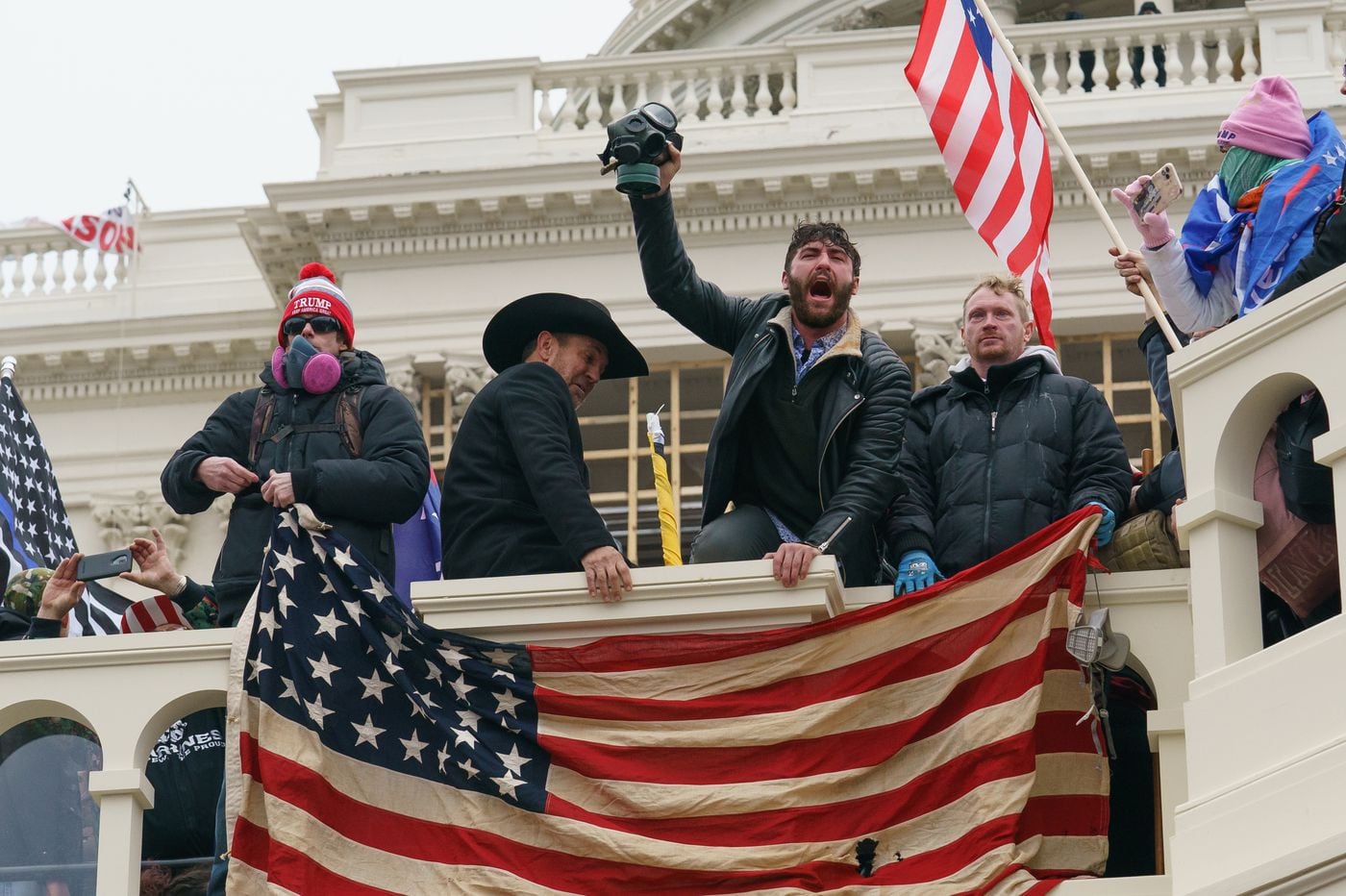
As dramatic images began to emerge of Wednesday’s right-wing assault on the U.S. Capitol, many politicians and pundits denounced the insurrection with a common refrain: “This is not America.”
It was a shocking scene, to be sure: hundreds of self-styled revolutionaries clamoring up the Capitol steps; petrified lawmakers hunkered under their seats, emergency gas masks in hand; and relatively few police in the chamber to protect them, drawing their guns behind a makeshift barricade.
In many ways, the day was unprecedented. It was certainly antithetical to what America ought to be. But it was an uprising perpetrated by Americans, on American soil, against the seat of American government, and fomented by the American president. It was, in fact, America.
To say “this is not America” suggests that Wednesday’s events were an aberration or anomaly. But for those who have chronicled the president’s supporters for the last few years, it was the unsurprising and even inevitable culmination of consistently violent, racist, and autocratic rhetoric.
As Sen. Mitt Romney (R-Utah) said to his colleagues when the Senate reconvened hours after the riot, the burden and duty of leadership is to tell the truth. The truth requires us to acknowledge that the current moment is not an isolated incident, but rather the latest chapter of a long history of anti-democratic, racist, and often violent right-wing activity in America. Only after recognizing this can we try to prevent it from happening again,
Pictures are powerful not only because they provoke an emotional response, but also because they constitute a critical part of the historical record. They encourage society to reflect on, and remember, the events that cumulatively form the American experience. When you examine the photographs of Wednesday’s insurrection alongside images of other historical events, you begin to realize, perhaps, that this is America.
The Battle of Liberty Place
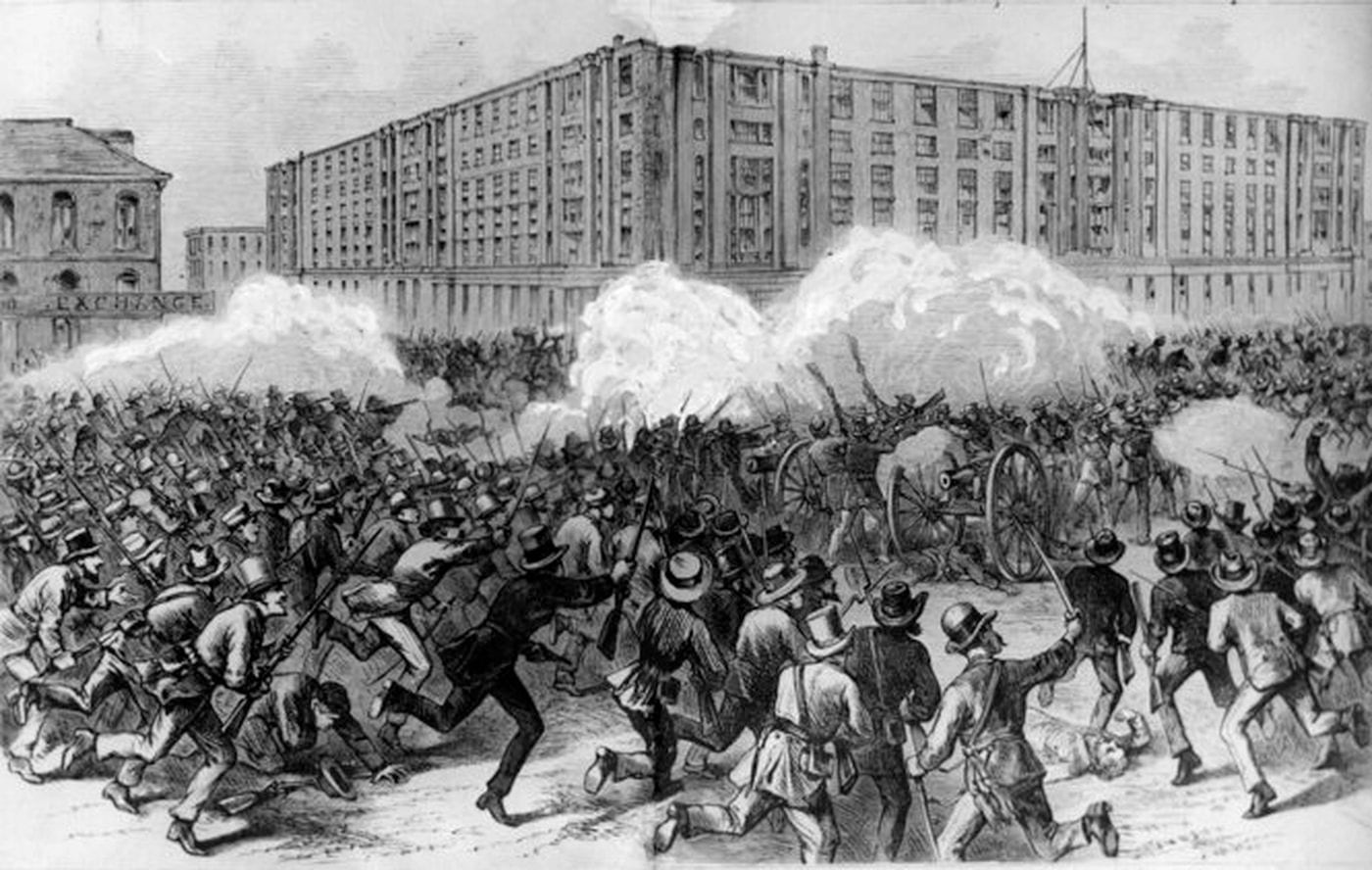

The Battle of Liberty Place was an 1874 insurrection by thousands of members of the White League — a white, anti-Reconstruction paramilitary group that included many Confederate veterans — against the Republican state government of Louisiana. They attacked and overpowered the police in New Orleans, then the capital, before being repelled days later by federal troops. None of the insurgents were ever prosecuted. Dozens have been arrested so far for the Capitol riots, but on the day of, onlookers and activists noted how many walked away without punishment.
The Wilmington Massacre of 1898
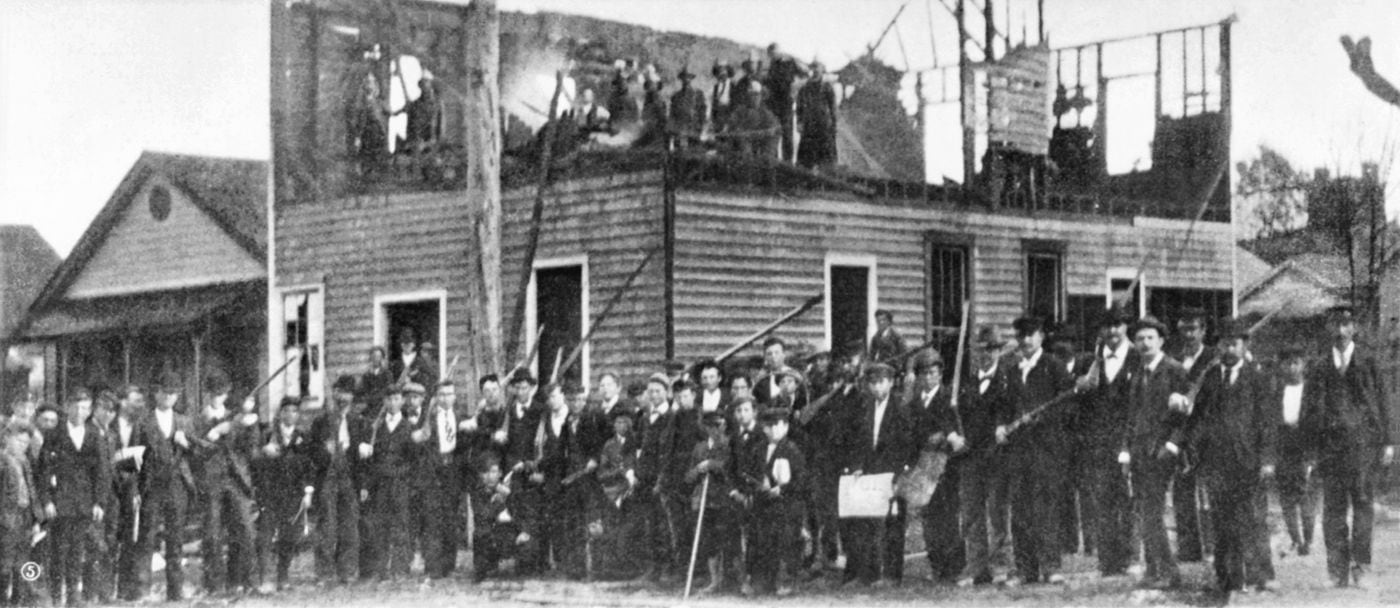

During the Wilmington Massacre of 1898, hundreds of white vigilantes killed dozens of Black residents and overthrew the elected government of Wilmington, N.C., which included Black leaders. They also burned down the offices of the Daily Record, a Black newspaper which had published an editorial defending interracial relationships. After the coup, many Black residents fled the town, and white state legislators began to enact laws that would disenfranchise Black voters for decades to come.
The Selma to Montgomery marches
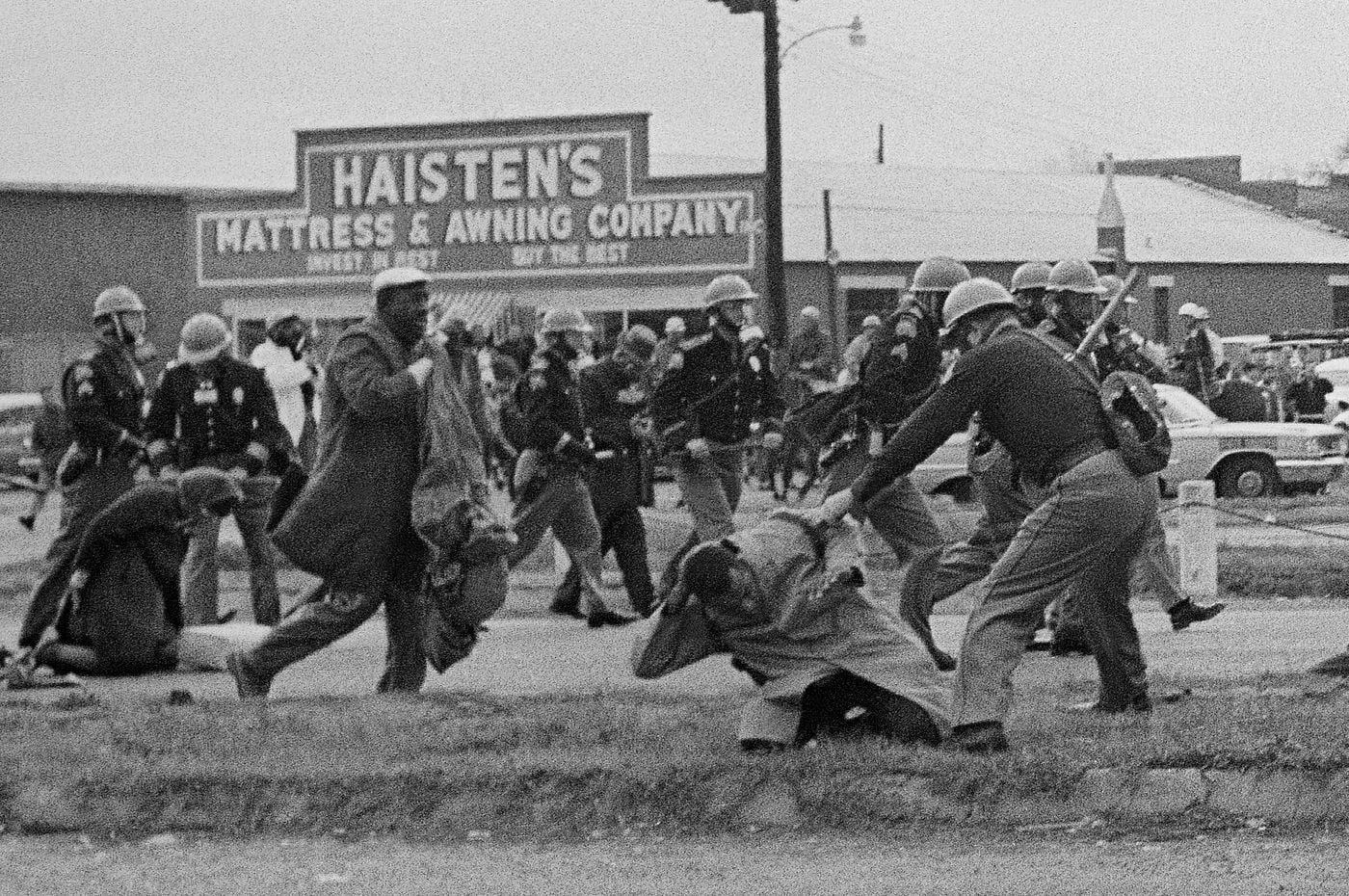

When Trump supporters assaulted Capitol Police on Wednesday, they were supporting a broader effort to disenfranchise voters in Pennsylvania and other states because of false conspiracy theories seeking to delegitimize democratic elections. Decades earlier, police were the ones attacking Black voting rights activists who had organized peaceful marches protesting discriminatory voter registration laws. On March 7, 1965, police, under orders from then-segregationist Gov. George Wallace, stopped several hundred marchers at the end of the Edmund Pettus Bridge in Selma, Ala. When the demonstrators did not disperse, the troopers moved in and beat them; the day later became known as “Bloody Sunday.” The incident was recorded on camera and galvanized public attention, contributing to the passing of the Voting Rights Act later that year.
Charlottesville
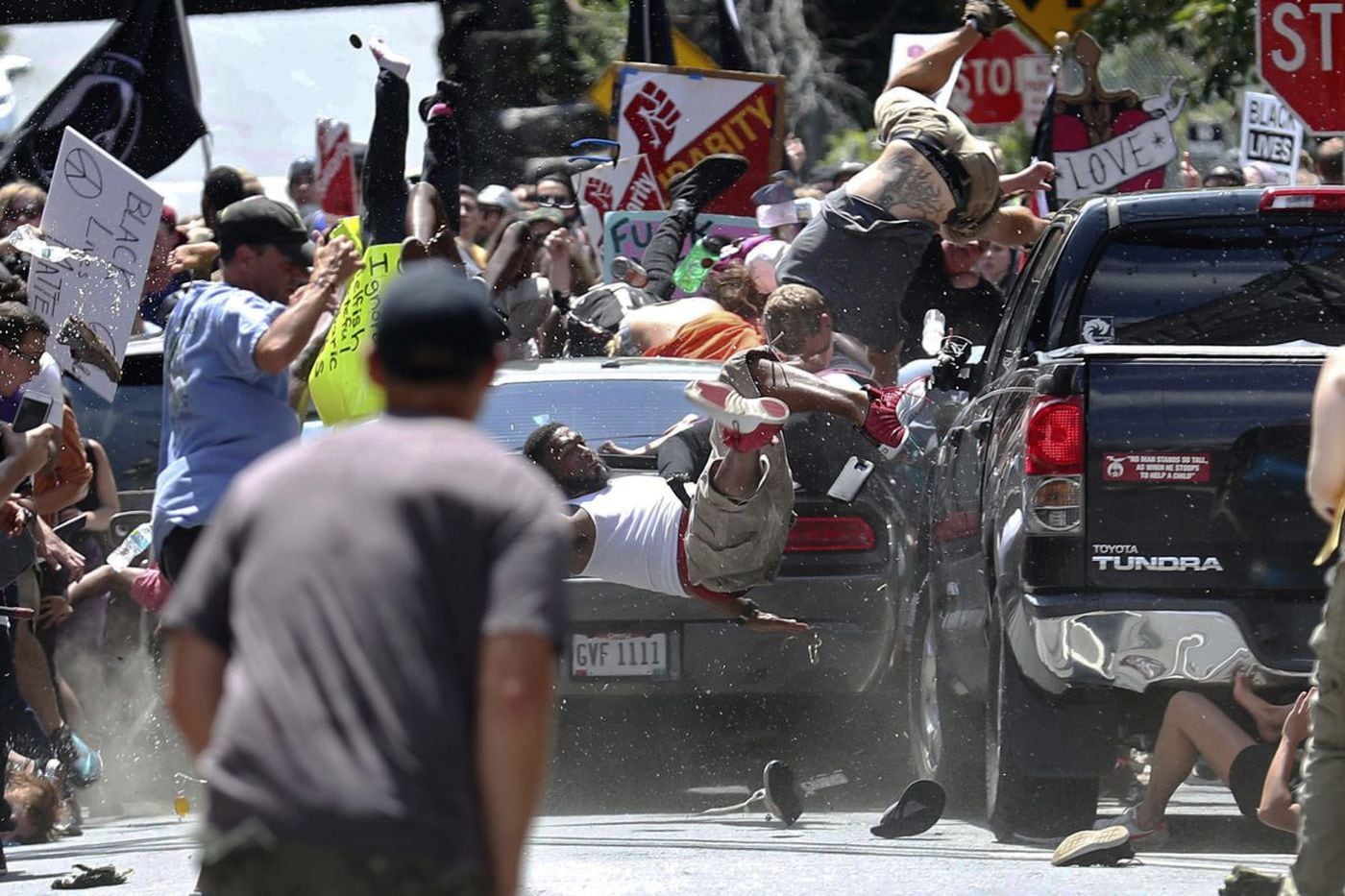
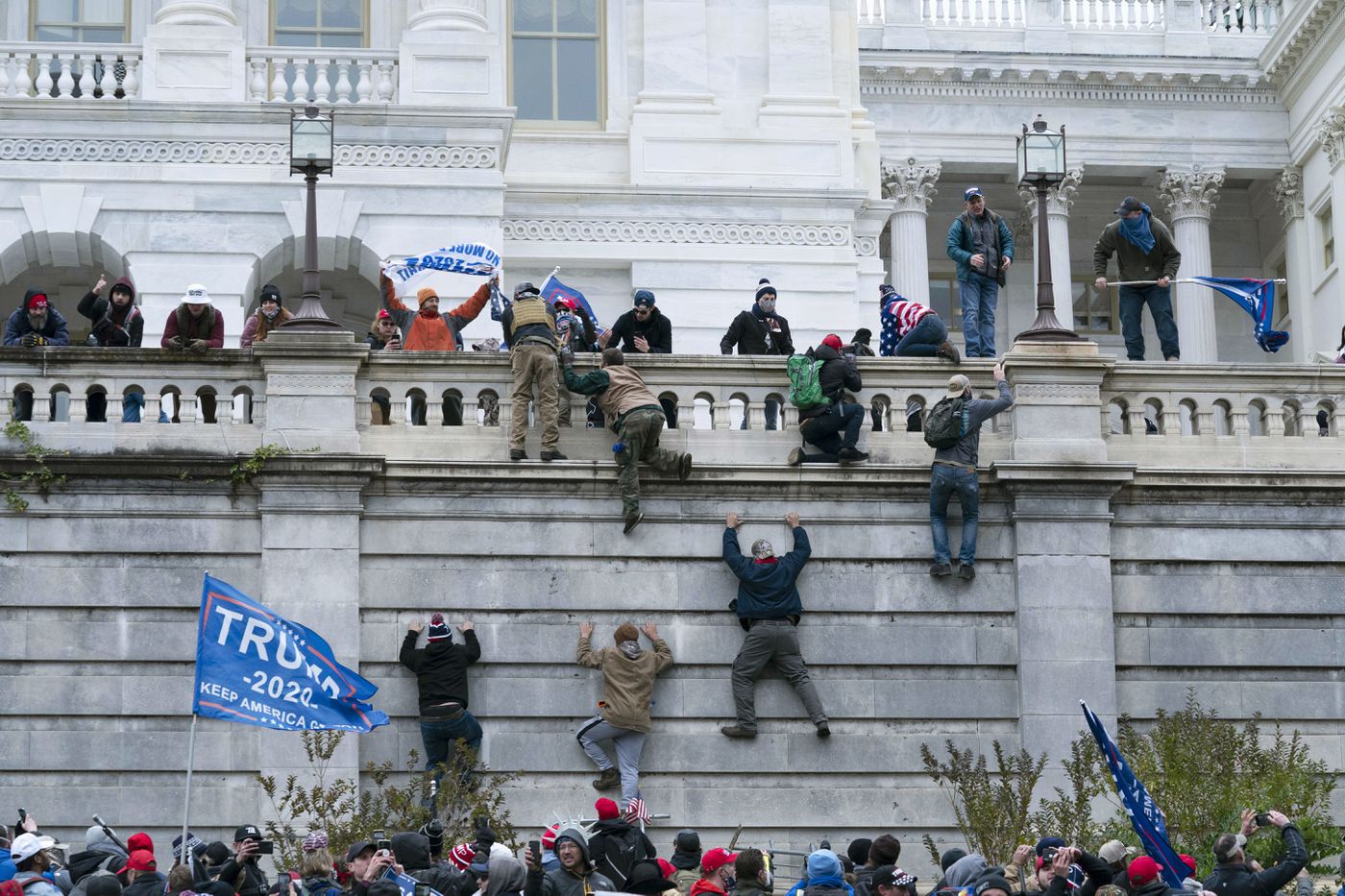
As anti-racism demonstrators protested a white nationalist “Unite the Right” rally in Charlottesville, Va., in 2017, a man drove his car into the crowd, killing a woman. The driver, James Alex Fields Jr., was convicted in December 2018 of first-degree murder in the death of Heather Heyer.
As a result of the Capitol breach, a police officer fatally shot one apparent Trump supporter, one officer died, and three people reportedly died from medical injuries.
Militia at Michigan’s state capitol

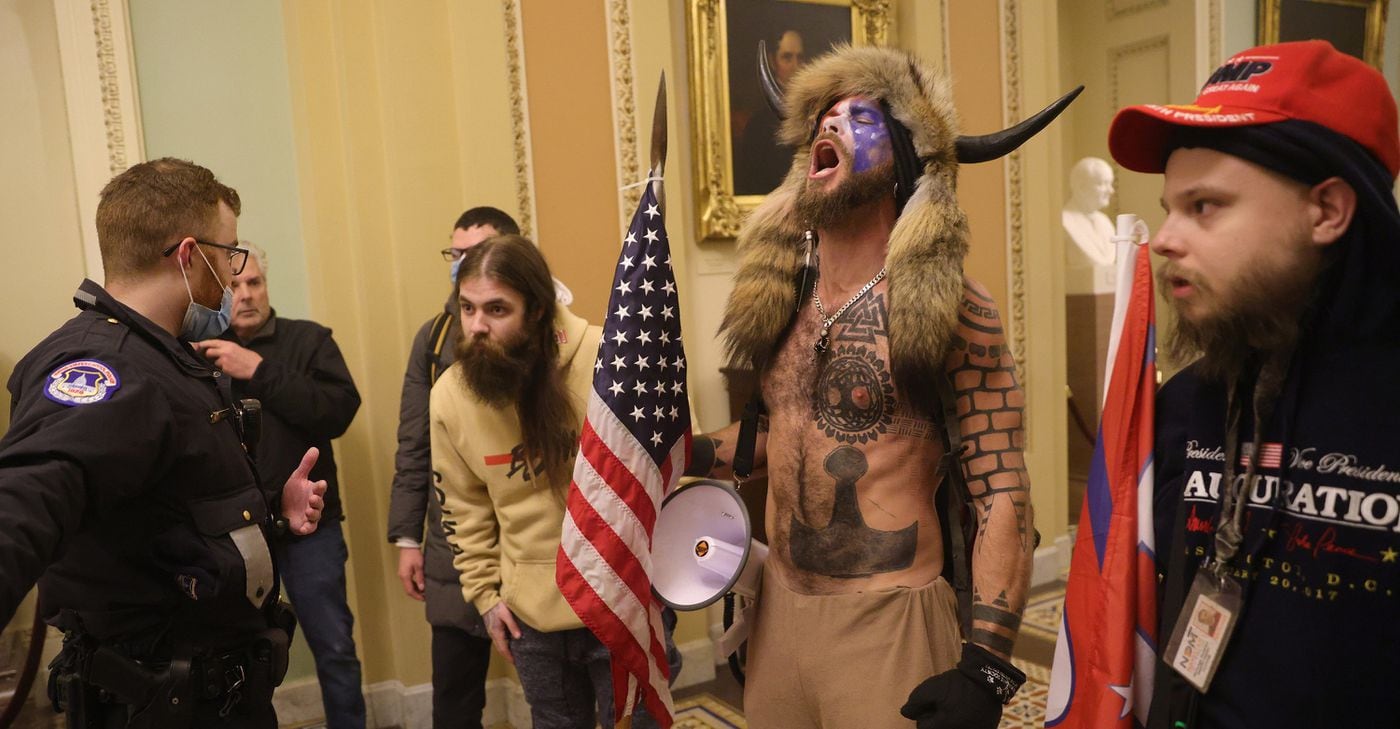
Starting in spring 2020, anti-government extremists — often heavily armed — have participated in rallies against states’ coronavirus pandemic restrictions, including armed protesters in Michigan who entered the state capitol. In December several men — some of whom were seen holding firearms in the Michigan capitol months earlier — were arrested in what prosecutors allege was a plot to kidnap the state governor.
Storming the Oregon capitol
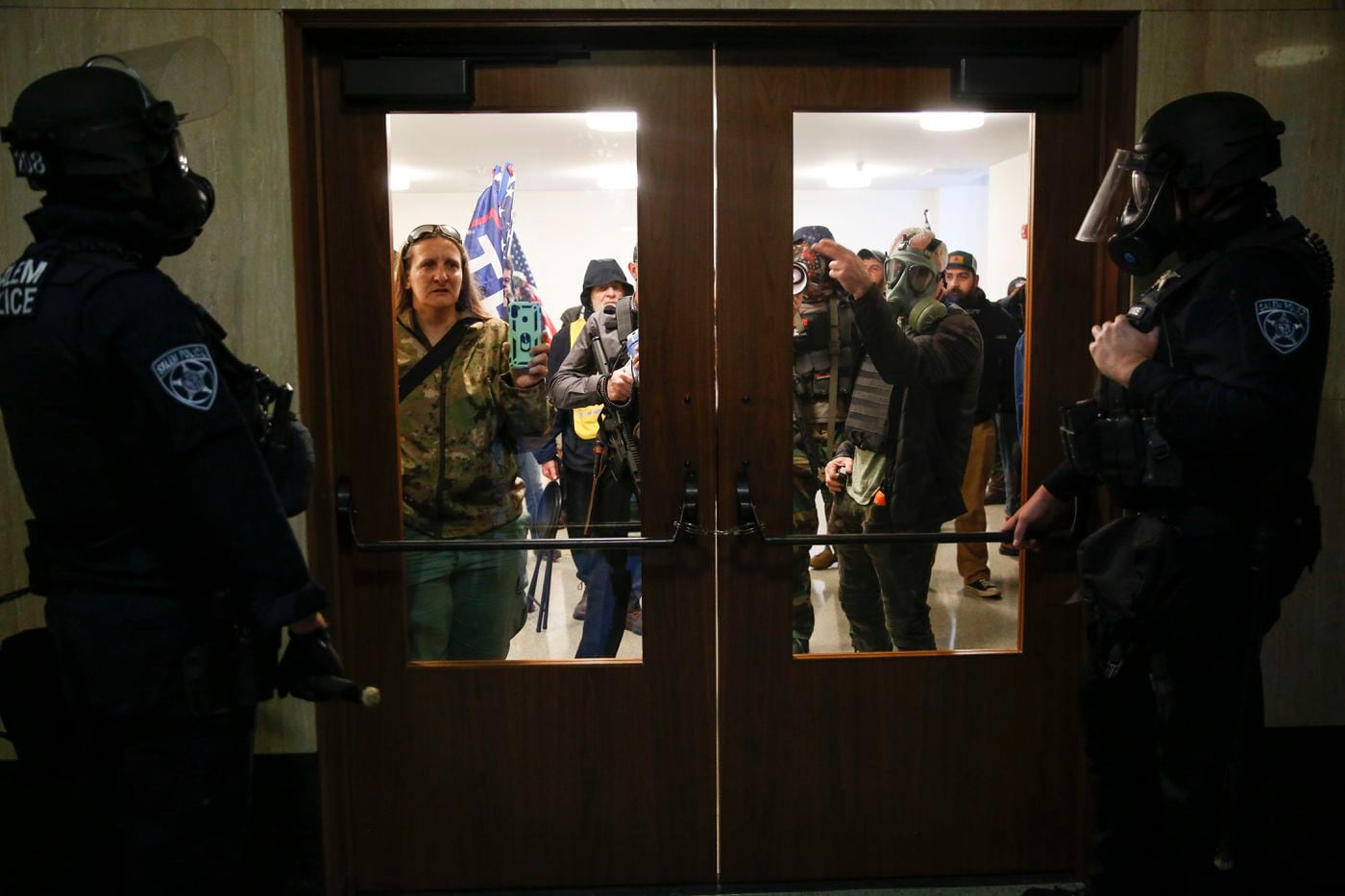
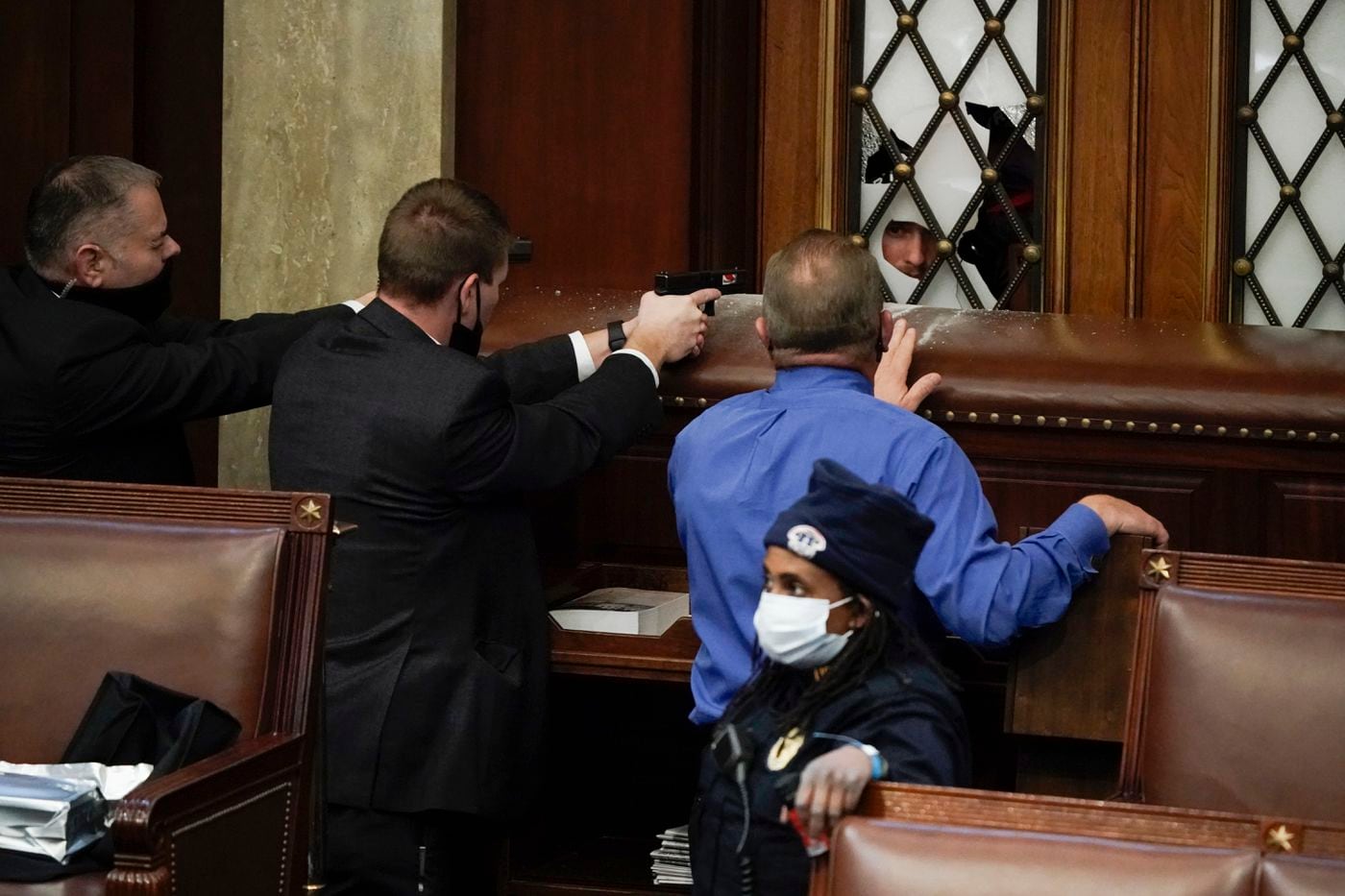
During a special session of the Oregon state legislature on Dec. 21, two and a half weeks before the U.S. Capitol breach, right-wing protesters opposing coronavirus restrictions shattered glass doors and clashed with police as they attempted to storm the state capitol. Some were armed, and police said one used bear spray on officers.
The truth captured in these images cannot be ignored: It is no anomaly when Americans, particularly those with right-wing and white nationalist beliefs, take up arms to intimidate lawmakers and use force to impede such fundamental democratic principles as the right to vote, the peaceful transfer of power, the freedom to protest peacefully, and the rule of law.
Posted: January 9, 2021 – 6:00 AM
Tim Tai | @nonorganical | [email protected]





0 General Document comments
0 Sentence and Paragraph comments
0 Image and Video comments
General Document Comments 0

